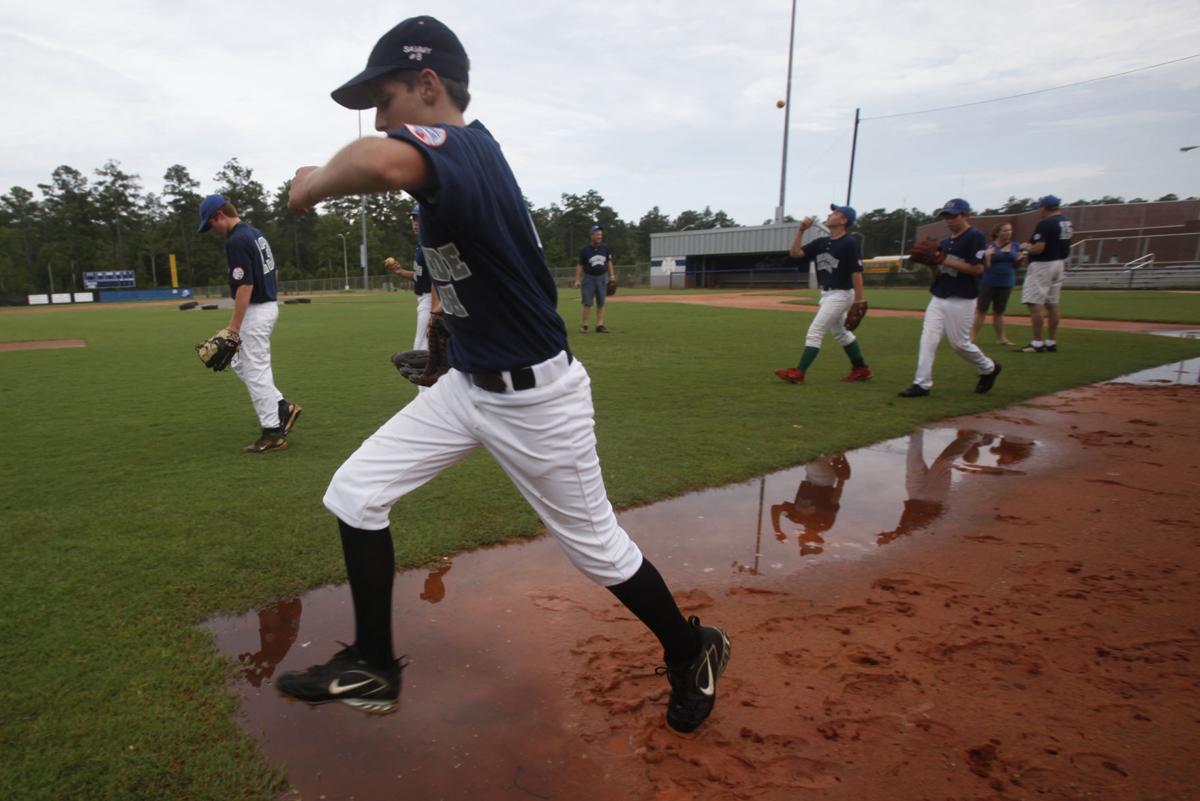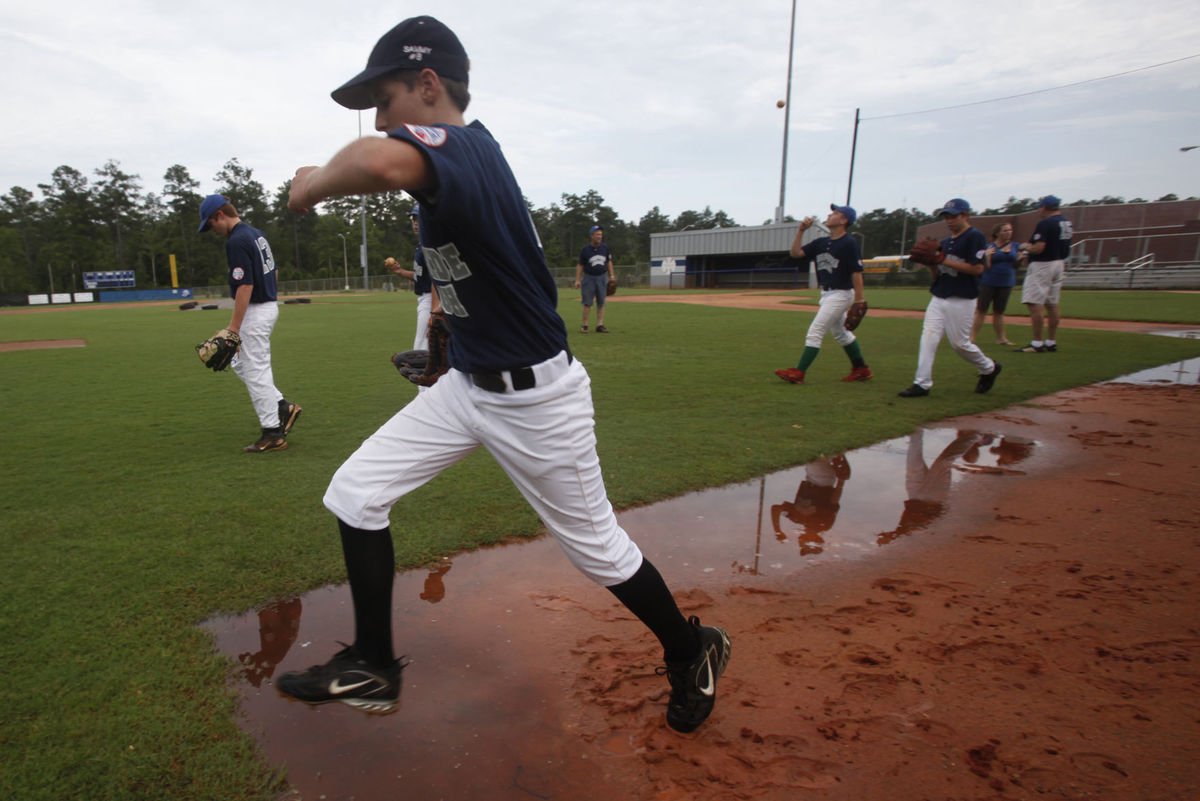
As a parent, there is a simple way to keep your child on the field or court and out of the doctor’s office.
Don’t push them to specialize in one sport.
In research presented at the American Orthopaedic Society for Sports Medicine (AOSSM) Annual Meeting last week, researcher Dr. Timothy A. McGuine and others from the University of Wisconsin surveyed athletes at 29 high schools. They asked the young athletes three questions to determine each athlete’s level of sports specialization.
• Have you quit other sports to focus on one sport?
• Do you train more than eight months out of the year in one sport?
• Do you consider your primary sport more important than other sports?
A yes answer received one point, while a no received zero. A score of zero or one point was considered low specialization. Two was labeled as moderate specialization. A score of three indicated high sports specialization.
The researchers then looked at the injury reports for all the athletes completed by the schools’ athletic trainers over the course of the school year. The degree of sports specialization had a clear association with injuries of the lower extremity, especially ankle, knee and leg injuries.
In fact, athletes classified as moderately specialized by the questionnaire had a 50 percent higher rate of lower extremity injuries. The highly specialized athletes had an 85 percent higher incidence of these injuries.
This research won the STOP Sports Injuries Research Award for the best paper on youth sports injuries and/or prevention. In a press release announcing the award, Dr. McGuine expressed his concern with kids specializing in one sport.
“Sport specialization appears to be an independent risk factor for injury, as opposed to simply being a function of increased sport exposure.”
He went on to emphasize the need for coaches, athletic directors and athletic associations to better educate athletes and their parents about the injury risk and offer more opportunities for kids to play a variety of sports.
This research follows another study the group published earlier this year showing the risks of playing sports year round and too many hours each week.
Young athletes who played their primary sport more than eight months a year were more likely to suffer upper extremity and lower extremity overuse injuries. Athletes who participated in their sport for more hours per week than their age were more likely to suffer any type of injury.
Even if parents were willing to accept the risk of their children getting hurt, it seems clear that early specialization might not help them excel anyway.
In another study presented at the AOSSM Annual Meeting, researchers at the Rothman Institute at Thomas Jefferson University Hospital in Philadelphia surveyed over 3,000 high school, college and professional athletes. High school athletes started playing just one sport at an average age of 12.7 years, compared to over 14 years for the college and pro athletes.
“Our results noted that current high school athletes specialized, on average, two years earlier than the current collegiate and professional athletes,” noted Dr. Patrick S. Buckley. “The results of our study suggest that specialization at a very young age does not increase the likelihood of an athlete achieving elite status within his/her sport.”
Interestingly, only about 22 percent of the pros said they would want their own child to play only one sport growing up.
The take-home messages from these studies are clear. Kids should not play a single sport for more than eight months a year. They should also avoid participating more hours in that sport each week than their age. If your daughter is 12 years old, she should practice and play in soccer games and tournaments no more than 12 hours each week.
That early specialization might lead to injuries that knock them out of the sport for weeks or months, and it might not lead to college scholarships or pro contracts even if they stay healthy.
Dr. Geier is an orthopedic surgeon in Charleston and author of ‘That’s Gotta Hurt: The Injuries That Changed Sports Forever,’ available in bookstores now.








